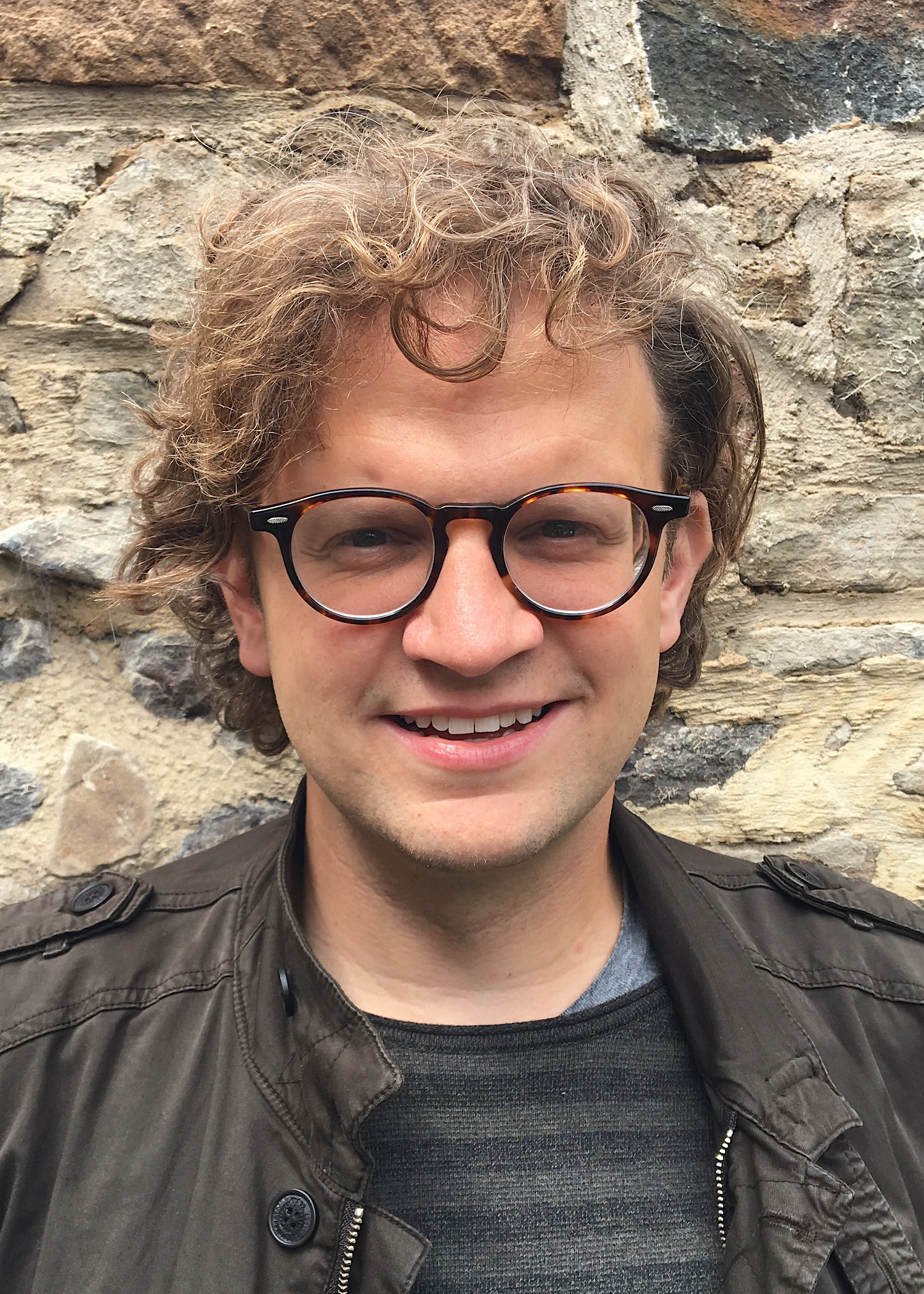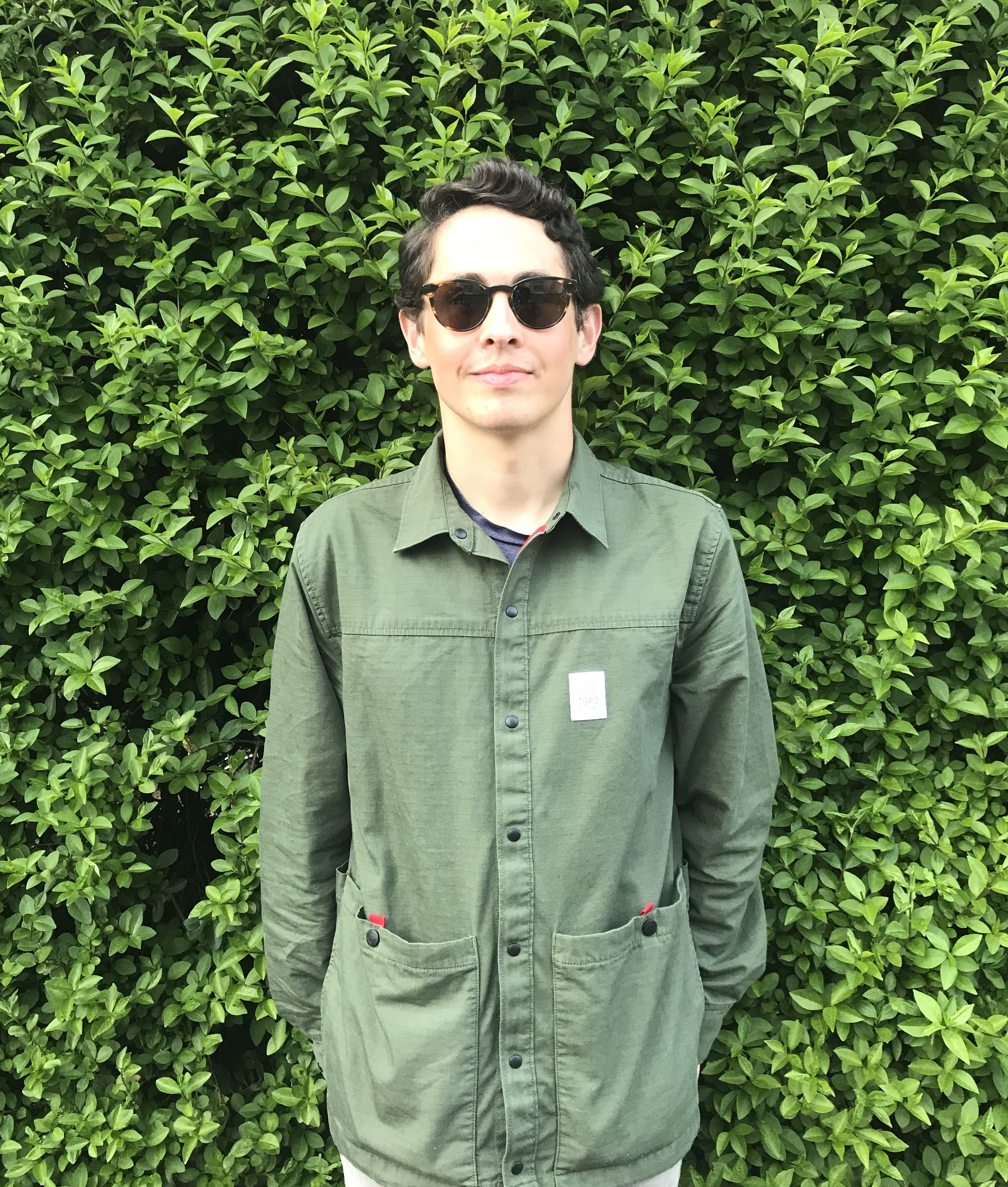Clark Barwick
Principal Investigator
Reader in Mathematics, University of Edinburgh
Clark received his 2001 BS from the University of North Carolina. His 2005 PhD from the University of Pennsylvania preceded a string of postdoctoral positions – Göttingen, Oslo, the Institute for Advanced Study, and finally Harvard. Clark joined the faculty at the Massachusetts Institute of Technology in 2010. In 2017 Clark moved to the University of Edinburgh. His research interests include homotopy theory, arithmetic geometry, and bureaucracy-avoidance strategies.


